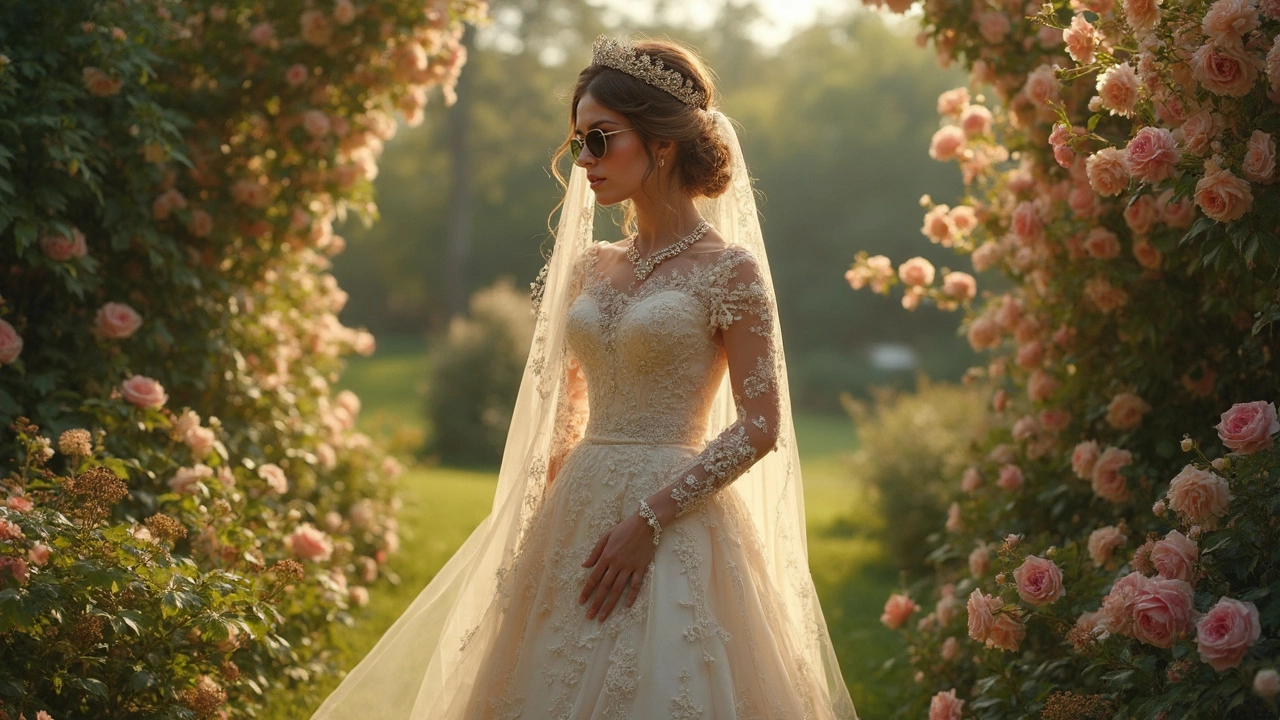Wedding Spending: What Couples Really Pay and How to Save
Planning a wedding can feel like a money maze. One minute you’re dreaming about a fairy‑tale venue, the next you’re staring at a spreadsheet that looks like a horror movie. The good news? Most of the big numbers are predictable, and you can shave off a lot of waste without losing any sparkle.
Let’s start with the basics: the per‑guest cost. In 2025 a typical 100‑person wedding in the UK drops around £150‑£200 per head when you include venue, food, drink, and basic décor. That means the core budget sits at roughly £15,000‑£20,000. If you add extras like a live band, high‑end photography, or a custom cake, you’ll push the total higher. Knowing this range helps you set a realistic ceiling before you start picking flowers.
Break Down the Big Line Items
Venue & catering: This is usually the largest chunk, about 40‑45% of your spend. Look for off‑peak dates or weekday slots – many venues cut the price by 20‑30% and you still get the same space.
Photography: A professional photographer can run £1,500‑£3,000 for a full‑day package. If you’re on a tighter budget, consider hiring a talented hobbyist for fewer hours and ask friends to capture candid moments.
Invitations: 100 printed invites can cost anywhere from £300 to £800, depending on paper, printing method, and design complexity. To save, order in bulk, use digital RSVPs for part of the list, or pick a simple yet elegant design.
Flowers: Who pays for these? Traditionally the bride’s family foots the bill, but modern couples split the cost or allocate it to the party that wants the most blooms. Choosing seasonal flowers and buying from local growers can shave 15‑25% off the floral budget.
Smart Ways to Trim the Budget
First, set a firm total limit and then allocate percentages to each category. This prevents one item from gobbling up the whole budget. Second, hunt for package deals – many venues bundle tables, chairs, and linens at a discount. Third, DIY where you can: a simple cake with a few decorative touches looks fancy, and a handful of friends can help with set‑up on the day.
If you’re aiming for a $10,000 wedding, focus on high‑impact areas. Skip the open bar; offer a limited cocktail list instead. Choose a smaller cake and a dessert table with brownies and cupcakes – guests love variety and it costs less. Remember, guests care more about the vibe than the price tag.
Don’t forget hidden costs like transport, wedding insurance, and tips for staff. These can add up to 5‑10% of your total spend. Build a small buffer into your budget so you’re not caught off guard.
Finally, track every expense in a spreadsheet or budgeting app. Seeing the numbers in real time helps you adjust on the fly and avoid surprises. Celebrate each saving as a win – you’re getting closer to the day you’ve imagined without breaking the bank.
Wedding spending doesn’t have to be a mystery. By breaking down the main costs, choosing off‑peak options, and handling a few details yourself, you can plan a beautiful celebration that feels luxurious without the huge price tag.
Why Do Brides Invest in Expensive Dresses?
Brides often spend a significant amount on wedding dresses to fulfill dreams, express personal style, and adhere to tradition. With factors like fabric quality, designer labels, and societal expectations, the reasons behind these investments are multifaceted. This article explores the motivation, intricate design work, emotional value, and practical tips for brides considering their options. Understanding these aspects helps brides make informed choices for their big day.
View More